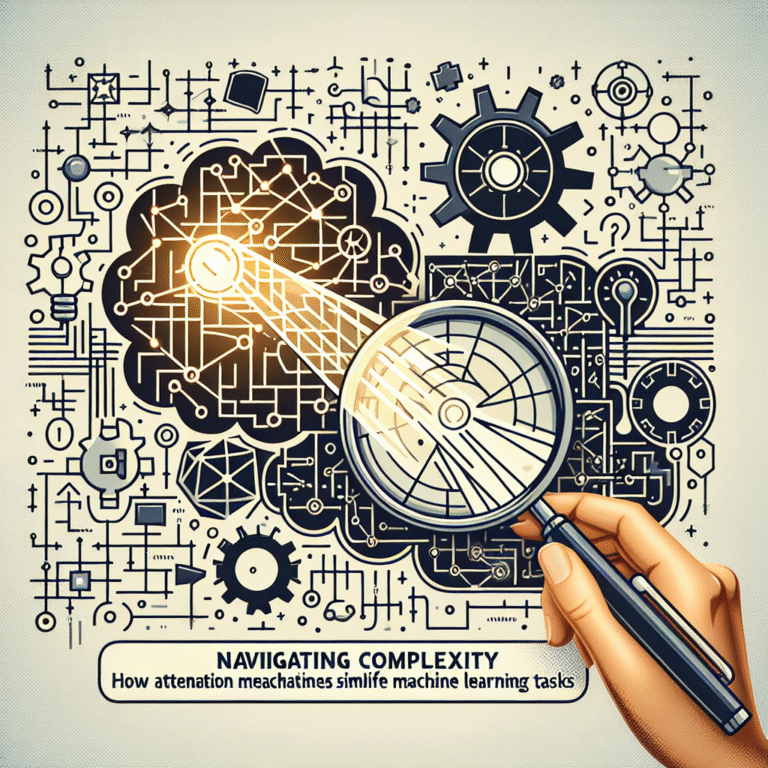
Introduction
In today’s complex business landscape, where ethical missteps can lead to catastrophic consequences, the necessity for crafting a culture of ethics: how to develop effective guidelines has never been more critical. Organizations are not just held accountable to their shareholders anymore; they must also answer to employees, customers, and the broader community. A well-defined code of ethics is essential for fostering trust, loyalty, and accountability.
But how can organizations create a substantive culture that goes beyond surface-level ethics? This article will explore proven strategies and actionable insights that will help you navigate this multifaceted terrain. Whether you’re a seasoned executive, a team leader, or a passionate employee, understanding crafting a culture of ethics: how to develop effective guidelines is invaluable for your organizational success.
Why Culture Matters
The Foundations of Ethical Culture
An ethical culture starts with a shared set of values that dictate behavior across all levels of an organization. According to a 2021 survey from the Ethics and Compliance Initiative, organizations with a strong ethical culture report 30% more employee commitment and 50% more job satisfaction than those with weaker ethical frameworks.
The Ripple Effect of Ethics
Consider the ramifications of a lack of ethical culture. In 2019, the scandal surrounding the automotive giant Volkswagen led to a more than $30 billion loss and irreparable damage to its brand reputation. This case exemplifies that, without a strong ethical groundwork and appropriate guidelines, organizations are not just risking immediate repercussions but long-term survival.
Crafting a Culture of Ethics
Step 1: Leadership Commitment
Vision from the Top
Leadership plays a pivotal role in crafting a culture of ethics: how to develop effective guidelines. Leaders must not only communicate the importance of ethical behavior but also model it every day.
Case Study: Johnson & Johnson
The story of Johnson & Johnson’s handling of the Tylenol crisis in the 1980s is a linguistic masterpiece of ethics in action. The company put customer safety above profits, leading to a rapid recovery in brand trust. This commitment from leadership not only salvaged their reputation but also solidified a foundation of ethical principles within their organization.
Step 2: Clear Guidelines
Building a Code of Conduct
Creating a clear, comprehensive code of conduct is crucial in outlining what is expected from all employees. This code should be easily accessible, written in straightforward language, and include examples specific to the organization.
Table: Elements of an Effective Code of Conduct
| Element | Description |
|---|---|
| Vision and Values | Outline core ethical principles. |
| Reporting Mechanisms | Provide channels for reporting unethical behavior. |
| Consequences | Clearly define repercussions for violations. |
| Training Programs | Regularly scheduled educational initiatives. |
Step 3: Training and Awareness
Continuous Education
Training should not be a one-off event but an ongoing commitment. Regular workshops and seminars can foster a deeper understanding of ethical issues and encourage open dialogues.
Case Study: Starbucks
Starbucks has instituted extensive training programs to ensure employees are always aware of ethical conduct. Following an incident in Philadelphia in 2018, when two Black men were arrested for sitting in a Starbucks without ordering, the company promptly closed store locations for a day of racial bias training. This proactive measure showcased its commitment to social responsibility and ethical conduct.
Step 4: Encouraging Open Dialogue
Creating Safe Spaces
For a culture of ethics to take root, organizations must create an environment where employees feel safe discussing ethical dilemmas. Open forums and anonymous reporting channels can provide necessary cover for employees.
Analysis
Encouraging open dialogue fosters a sense of belonging, leading to greater commitment and engagement. Employees who see their organization actively addressing ethical concerns are more likely to stay loyal to the brand.
Step 5: Accountability and Transparency
Accountability Structures
Establishing accountability structures within the organization ensures that everyone is responsible for upholding the ethical standards set forth. Regular audits and ethical assessments can play a significant role in maintaining a culture of integrity.
Case Study: Enron
The infamous collapse of Enron serves as a cautionary tale about ethics in the workplace. Key executives were embroiled in unethical practices that ultimately led to a loss of thousands of jobs and billions in shareholder value. The lack of accountability was a significant contributing factor to its downfall.
Step 6: Monitoring and Evaluation
Relentless Assessment
Regular evaluations and audits are essential in maintaining an ethical culture. Reviewing the effectiveness of guidelines and adapting them based on observable behaviors and feedback helps iteratively improve the ethical landscape of the organization.
Chart: Sample Monitoring Metrics
| Metric | Purpose |
|---|---|
| Employee Feedback Surveys | Gauge employee perception of ethical culture. |
| Incident Reports | Track instances of ethical violations. |
| Training Participation Rates | Measure engagement in ethical education programs. |
Conclusion
Crafting a culture of ethics: how to develop effective guidelines is not merely a one-time project; it’s an ongoing commitment that requires the involvement of everyone in the organization. By investing in strong leadership, clear guidelines, continuous training, open dialogue, accountability, and regular assessments, organizations can create an environment conducive to ethical behavior.
Motivational Takeaway
The path to a thriving, ethical culture may seem daunting, but the benefits far outweigh the challenges. By establishing a foundation of ethical principles, organizations can cultivate trust, loyalty, and accountability, ultimately leading to sustainable success.
FAQs
Q1: How do I get started on developing ethical guidelines for my organization?
Start by engaging all levels of leadership to understand the core values of the organization. Following that, form a committee to draft a comprehensive code of conduct that addresses the unique circumstances your organization faces.
Q2: What role does employee training play in establishing an ethical culture?
Employee training is crucial; it provides employees with the knowledge and skills necessary to identify and confront ethical dilemmas, ensuring that ethical behavior becomes second nature within the organization.
Q3: How can I encourage open dialogue about ethics in the workplace?
Creating safe spaces for open dialogue, such as forums or anonymous feedback systems, can help employees feel more secure discussing their concerns without fear of retribution.
Q4: What should I do if an ethical violation occurs in my organization?
Take immediate action by investigating the violation thoroughly, ensuring transparency, and implementing corrective measures. This demonstrates your commitment to ethical behavior.
Q5: How often should ethical guidelines be reviewed and updated?
Regular reviews at least annually are recommended to adapt to changing circumstances and ensure ongoing relevance. However, don’t hesitate to revise them more frequently if needed.
By focusing on crafting a culture of ethics: how to develop effective guidelines, organizations can not only navigate today’s challenges but also build a legacy of integrity that will last for generations to come.

















